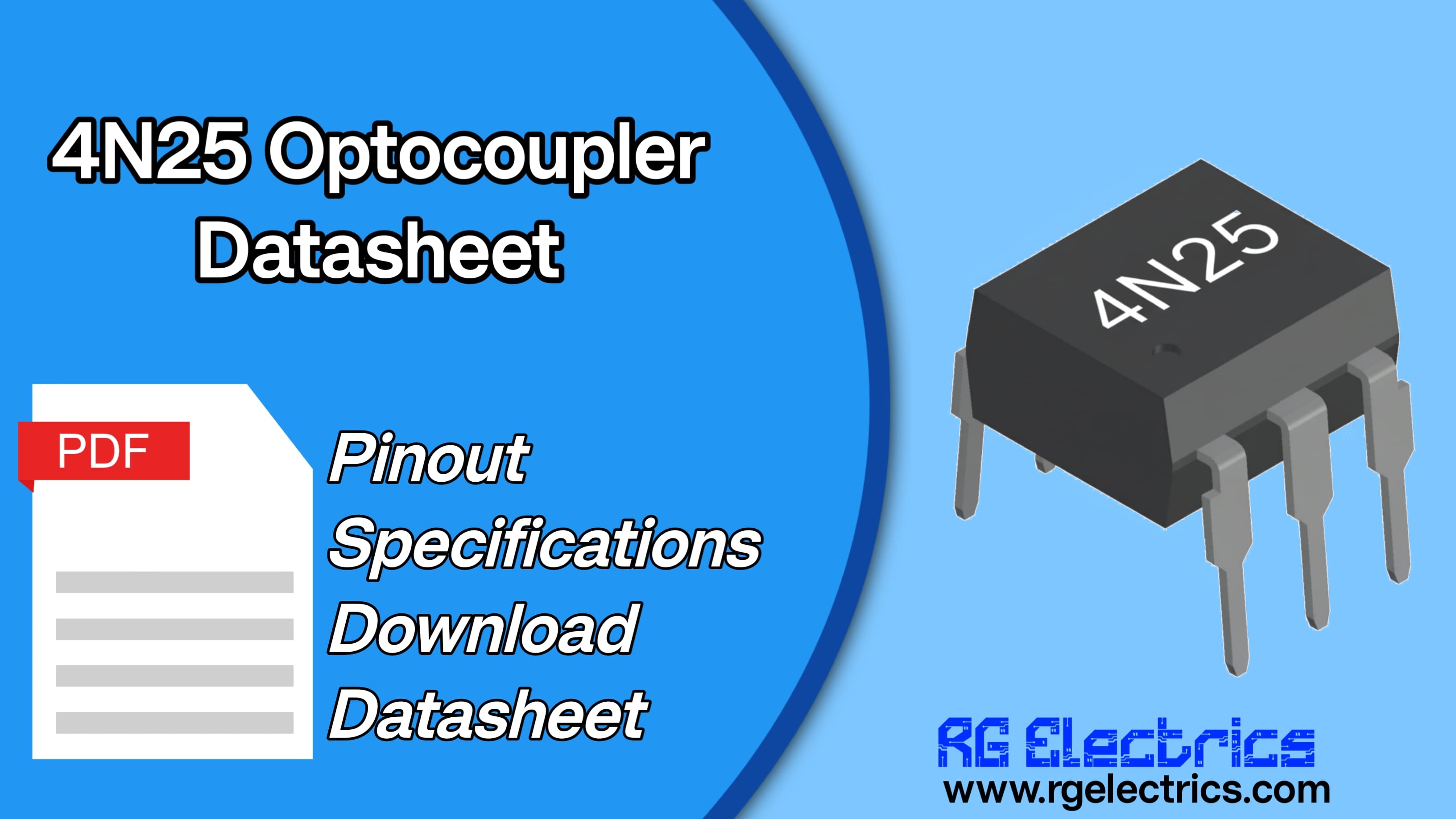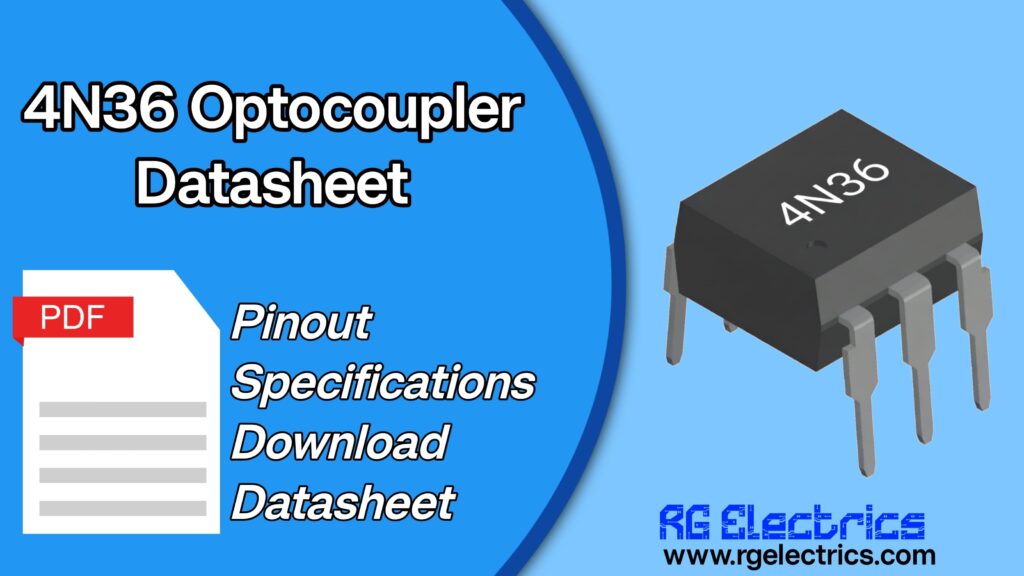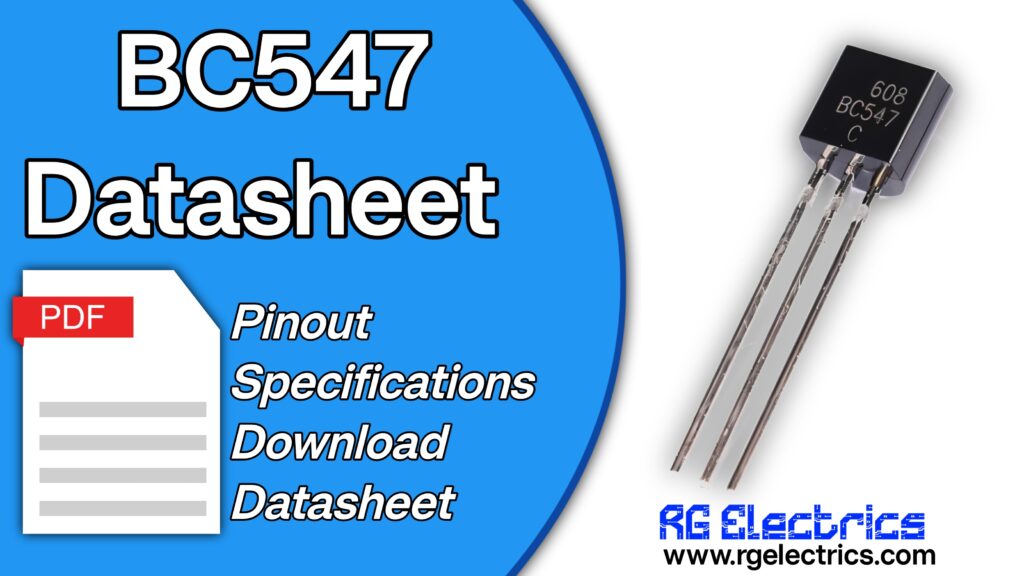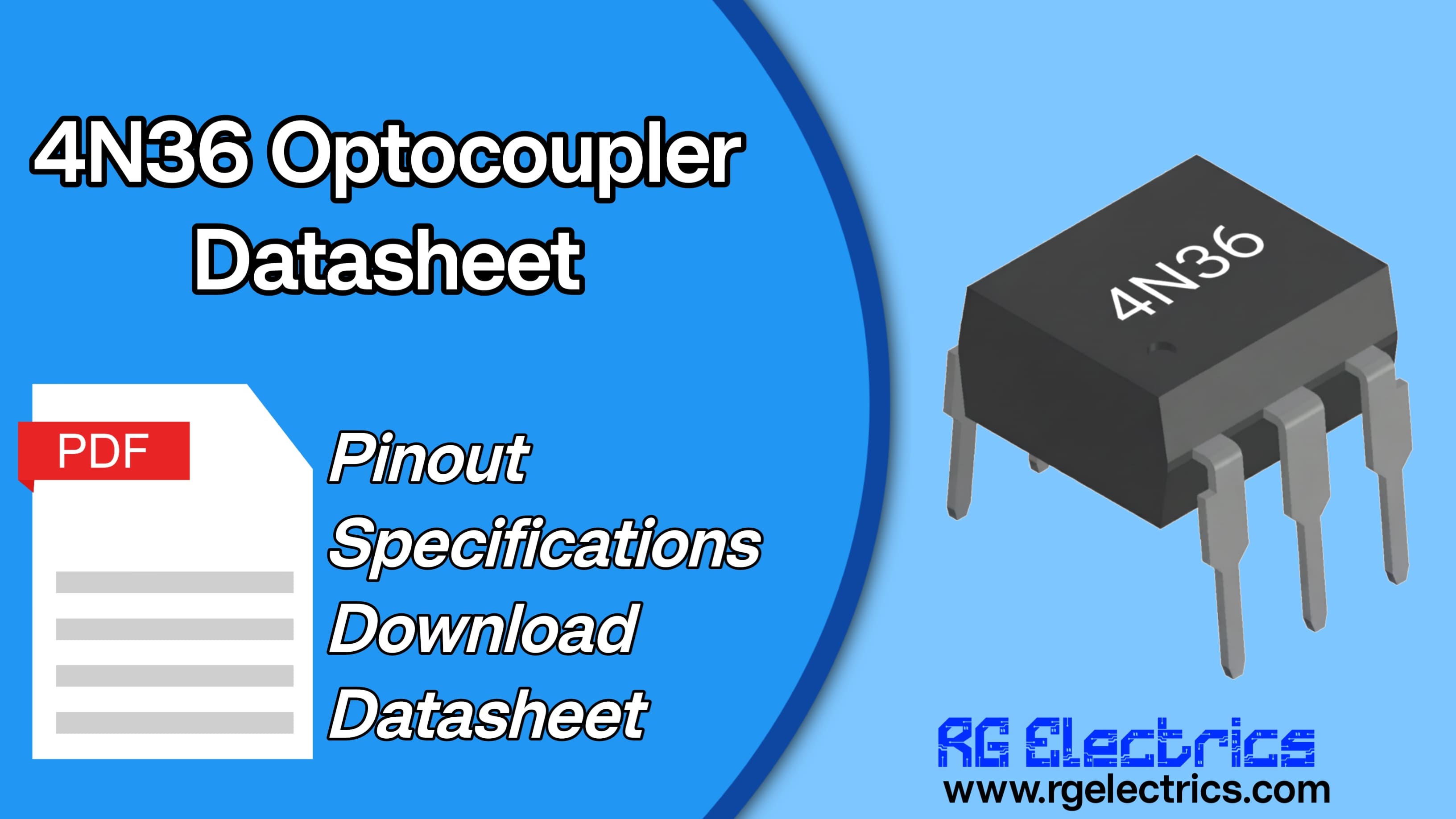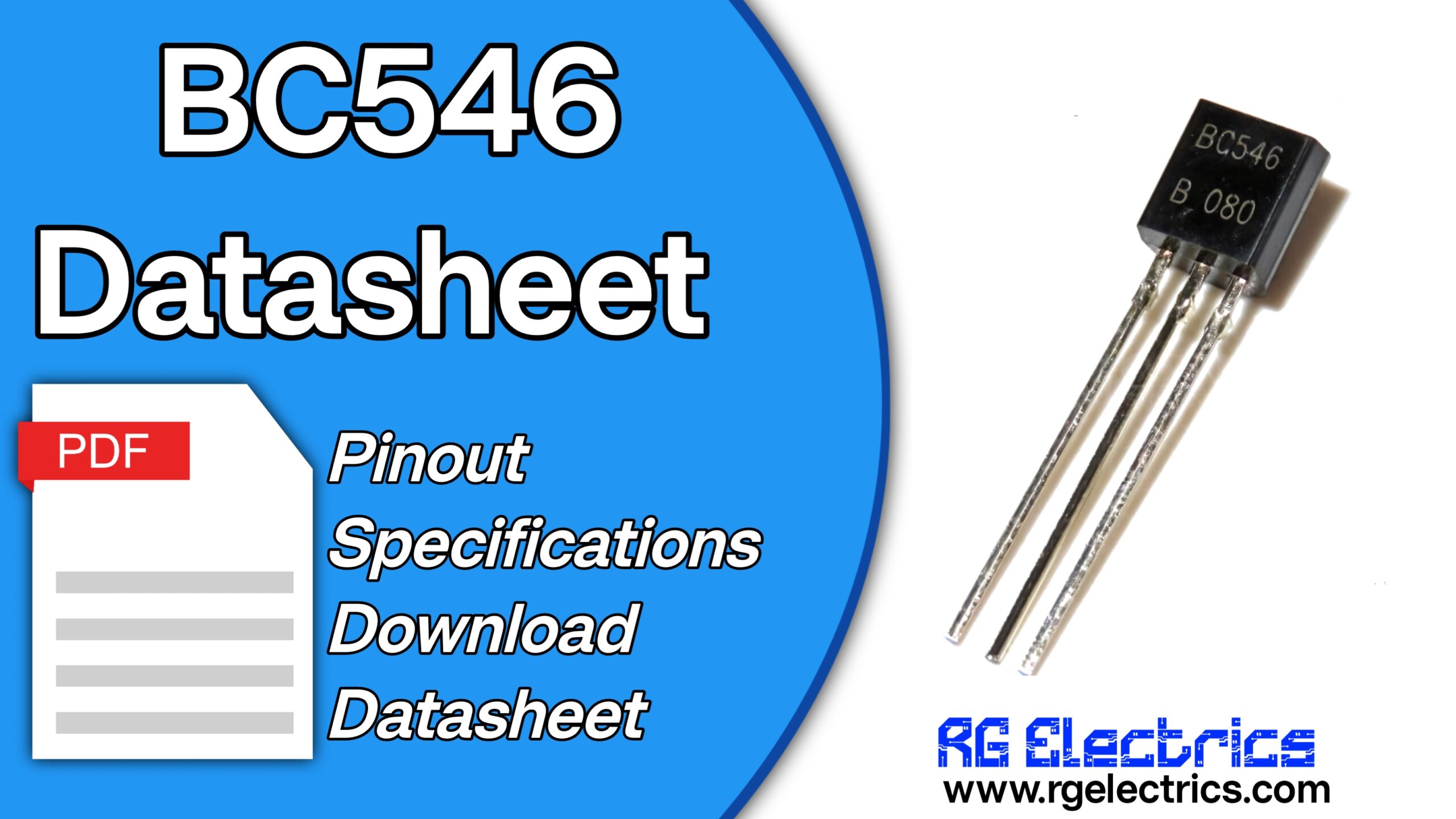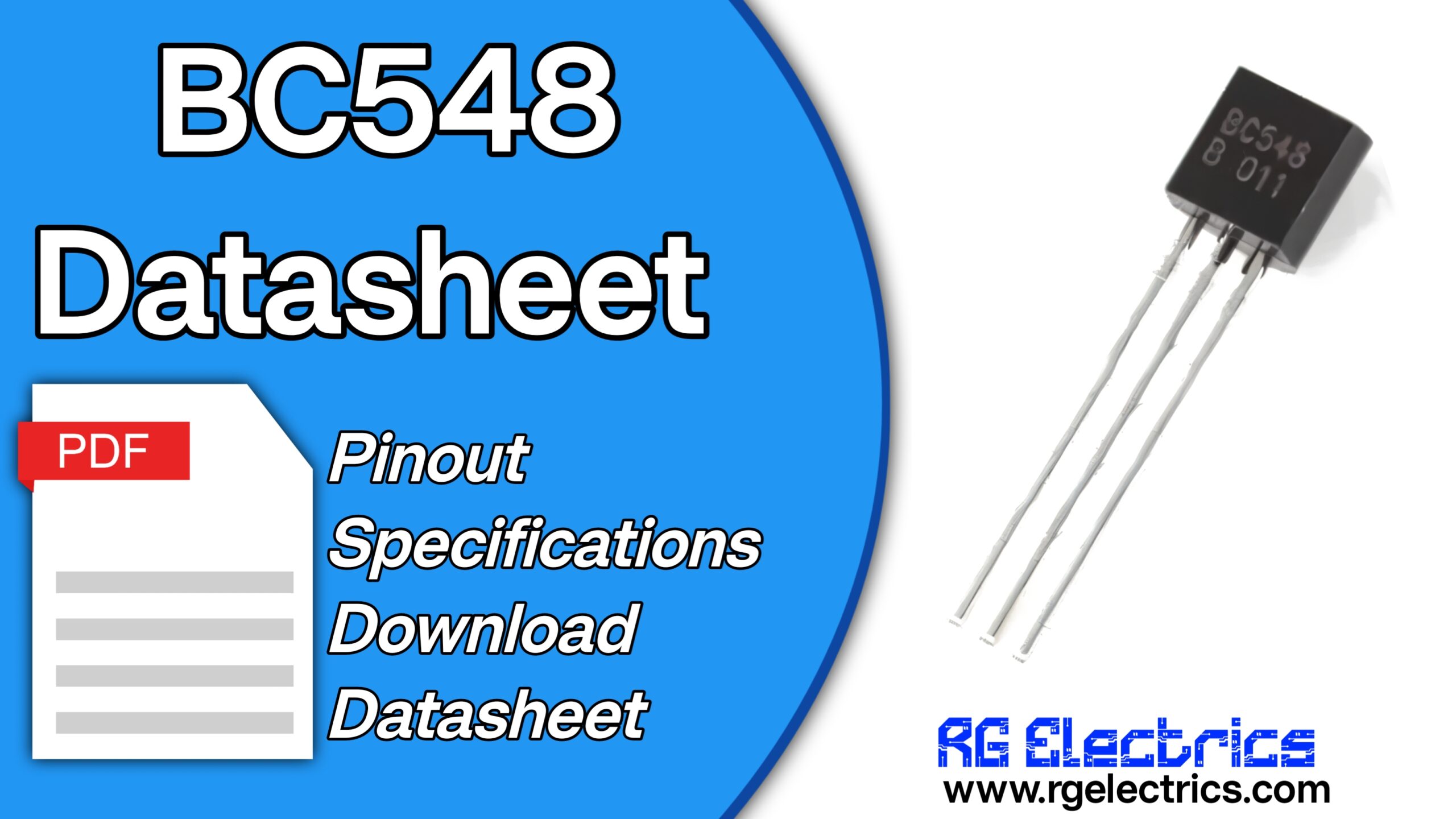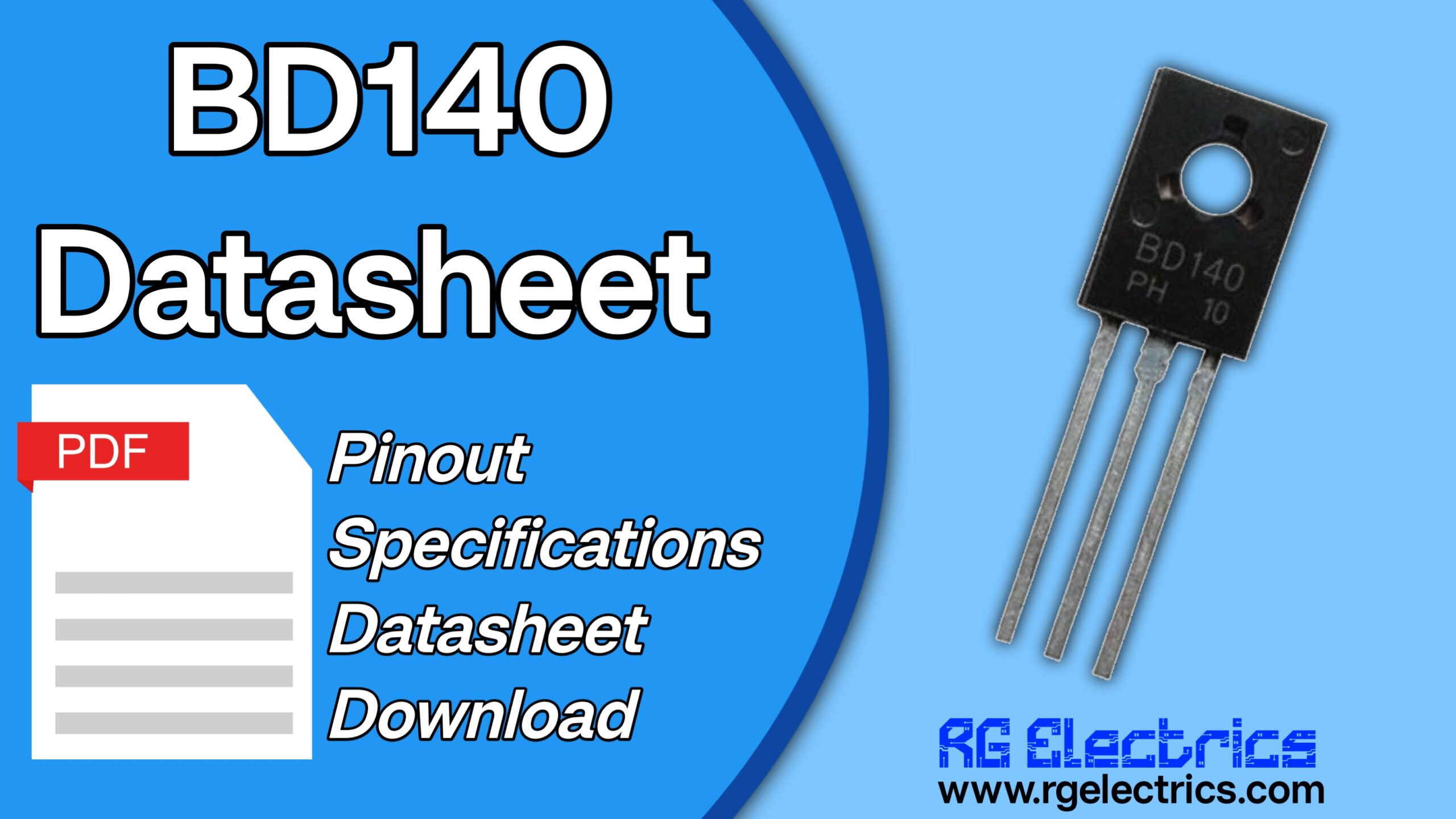Table of Contents
Introduction
The 4N25 Optocoupler (also known as an optoisolator) is an electronic component that allows electrical signals to be transmitted between two isolated circuits using light. It contains an infrared LED and a phototransistor enclosed in a single package. When current flows through the LED, it emits infrared light that activates the phototransistor on the output side. This design provides galvanic isolation between input and output circuits, protecting sensitive devices from voltage spikes and electrical noise.
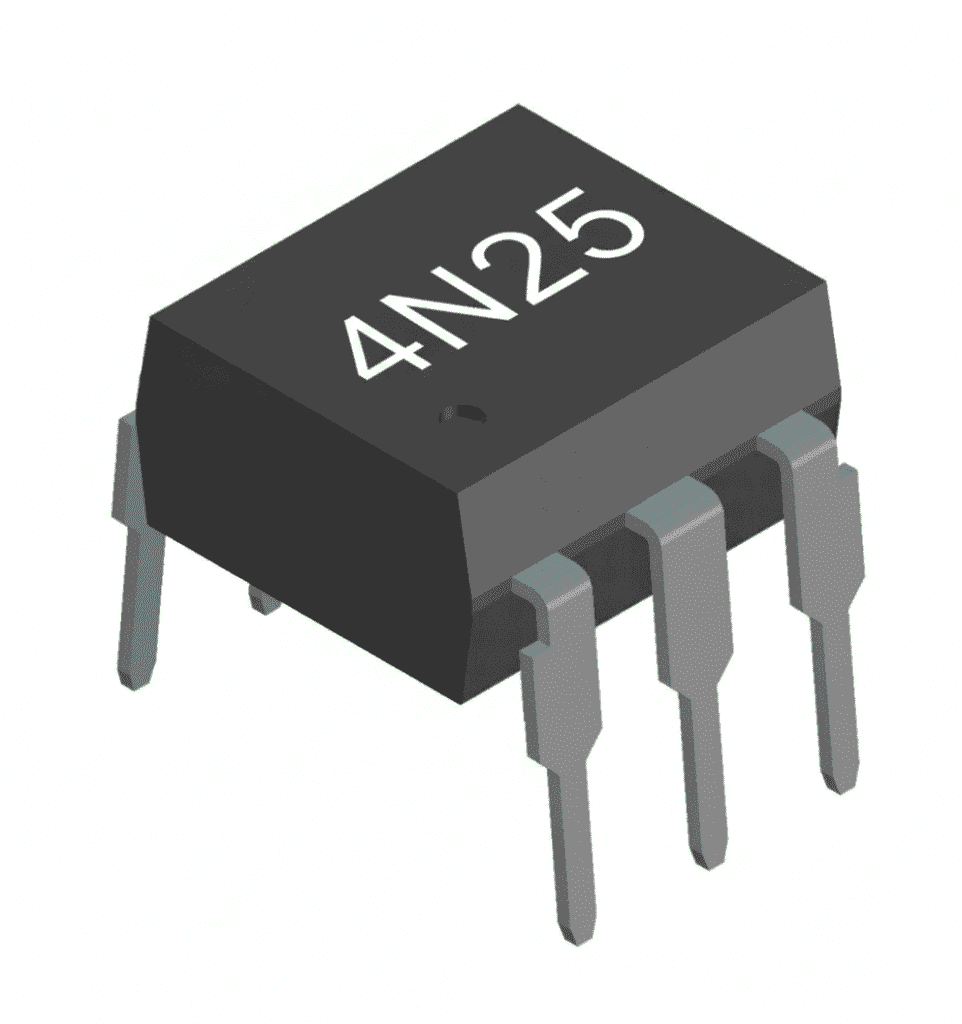
The 4N25 is commonly used in microcontroller interfacing, AC mains isolation, switching power supplies, and industrial control systems, where safe and reliable signal transmission is required.
4N25 Optocoupler Pinout
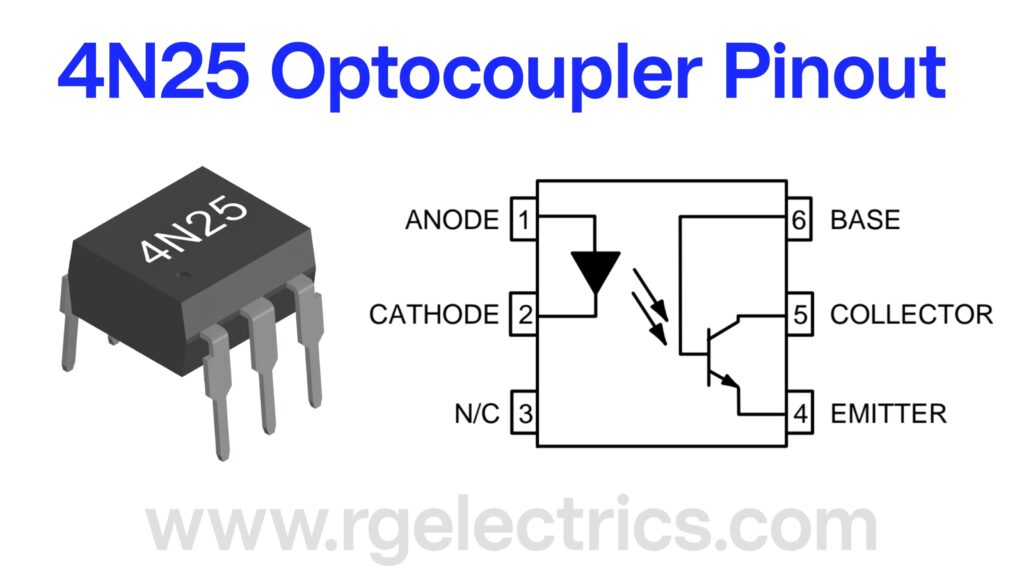
| Pin Number | Name | Description |
|---|---|---|
| 1 | Anode | Positive terminal of the internal infrared LED. |
| 2 | Cathode | Negative terminal of the infrared LED. |
| 3 | NC | No connection (not internally connected). |
| 4 | Emitter | Emitter terminal of the output phototransistor. |
| 5 | Collector | Collector terminal of the output phototransistor. |
| 6 | Base | Base terminal of the phototransistor (optional for sensitivity control). |
Working Principle
When a voltage is applied to the LED (pins 1 and 2), it emits infrared light. This light triggers the phototransistor (pins 4–5–6), allowing current to flow between collector and emitter. The base (pin 6) can be used to adjust sensitivity or left open for normal operation.
Features
- Comprises an infrared LED and NPN phototransistor.
- Provides up to 5000 Vrms isolation voltage between input and output.
- Fast switching speed suitable for digital signal transfer.
- Available in compact 6-pin DIP package.
- Low input current requirement (typically 10 mA).
- Wide operating temperature range: -55°C to +100°C.
- Reliable interface for logic-level to high-voltage circuits.
Equivalent Optocouplers
- 4N26
- 4N27
- CNY17
- PC817
- TLP521
- H11A1
Note: Electrical characteristics and CTR (Current Transfer Ratio) may vary among equivalents.
Applications
- Microcontroller I/O Isolation: Protects logic circuits from high-voltage loads.
- Switching Power Supplies (SMPS): Provides isolated feedback control.
- Zero-Crossing Detectors: Used in AC phase control and dimming circuits.
- Relay and Triac Drivers: Enables safe triggering of AC loads.
- Data Communication Interfaces: Ensures noise-free transmission between circuits.
- Industrial Automation and PLCs: Isolates sensors and controllers from electrical noise.
Conclusion
The 4N25 Optocoupler is a cost-effective and versatile solution for signal isolation and protection. Its combination of reliability, ease of use, and wide application range makes it a preferred component in modern electronics. Whether for microcontroller interfacing, industrial automation, or power electronics, the 4N25 ensures safe and efficient operation between different voltage domains.

